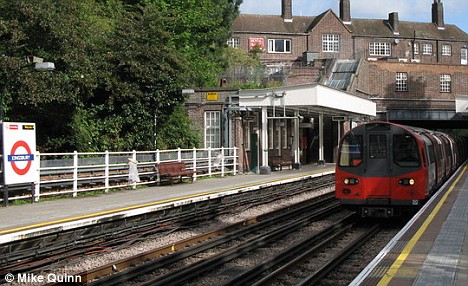1.1billion journeys are carried out every year on the London Underground. It was the world’s very first underground transport system, and we think it does a very good job of keeping London moving. It is the very veins of the city, and we’d be lost without it. When using it often, however, it can get a little dreary. The novelty doesn’t wear off quickly with tourists, but your daily commute gives you more time to be bothered by the crowds, the heat and the cramped conditions. Next time you’re taking the tube, try a different approach – think about the history involved in such a famous network, and the modern day legends surrounding it. Here are three things you don’t know about the London Underground.
In 1924, the tubes brought life into the world for the first time (no pun intended). Making headlines, a baby was born at Elephant and Castle station, and named Marie Cordery. Jerry Springer, the famous US chatshow host was, believe it or not, born at Highgate on February 13th, 1944.
Oyster Cards have revolutionized the ease and speed at which we travel around the underground. As you’re probably aware, if you don’t touch your card properly you will be charged for a full journey no matter of your destination or route – did you know that this brings an extra £18million to London Transport every year?
As we all know, the tube provided essential and life saving shelter from hundreds of thousands of people during World War 2. There are still those that, to this day, remember being huddled in groups, clutching ration cards and small sentimental possessions, hiding from the immense noise of the bombs dropping from above. Those in Hampstead would have heard the least of the destruction, being tucked away in the deepest point of the underground at 58.5 meters below ground level, although the station is still alive with the 100,000 hours of music we hear from street performers and buskers on the tubes every year.




